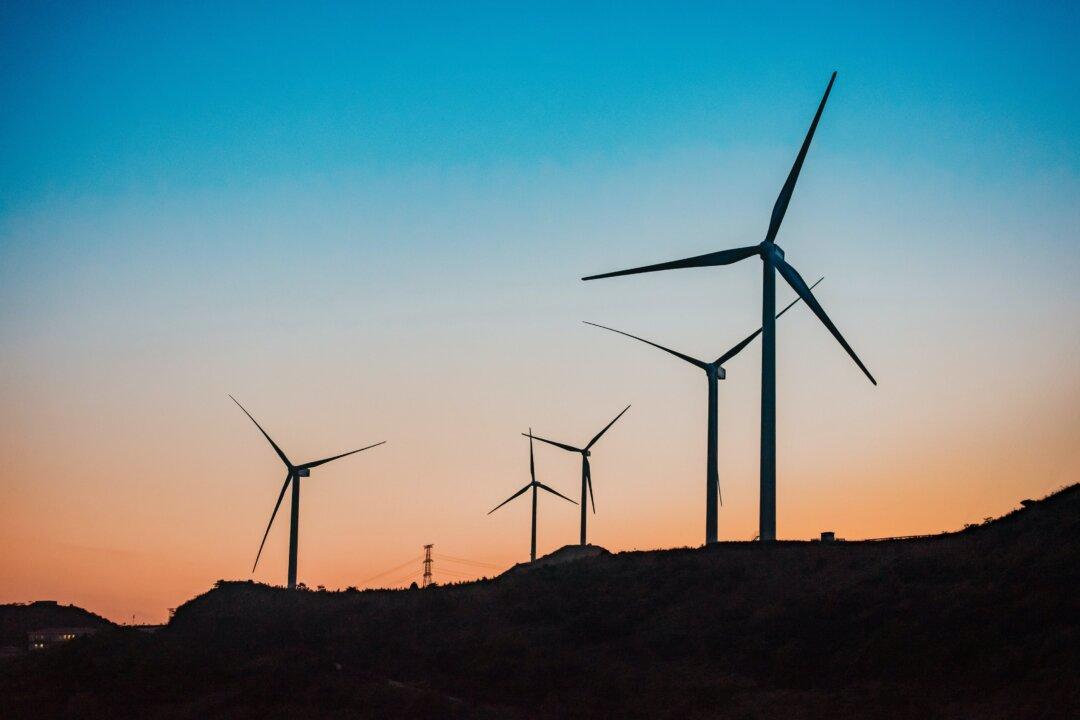New South Wales (NSW) has revealed it will be injecting $380 million (US$290 million) to develop its renewable energy arsenal as part of the state’s ambitious transition to net zero by 2050.
The investment will reserve a sizable spot in the state’s to-be-announced 2021-22 budget and builds on $110 million (US$84 million) of existing funding commitments towards the Electricity Infrastructure Roadmap (EIR).





